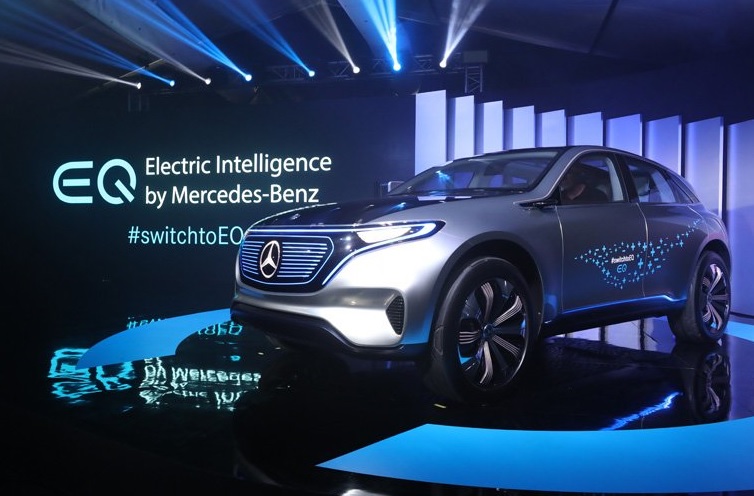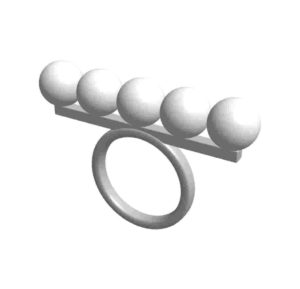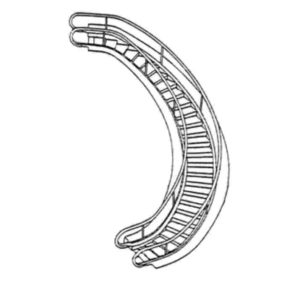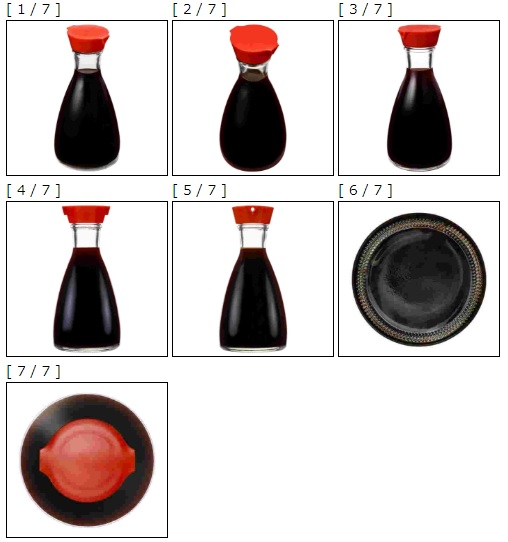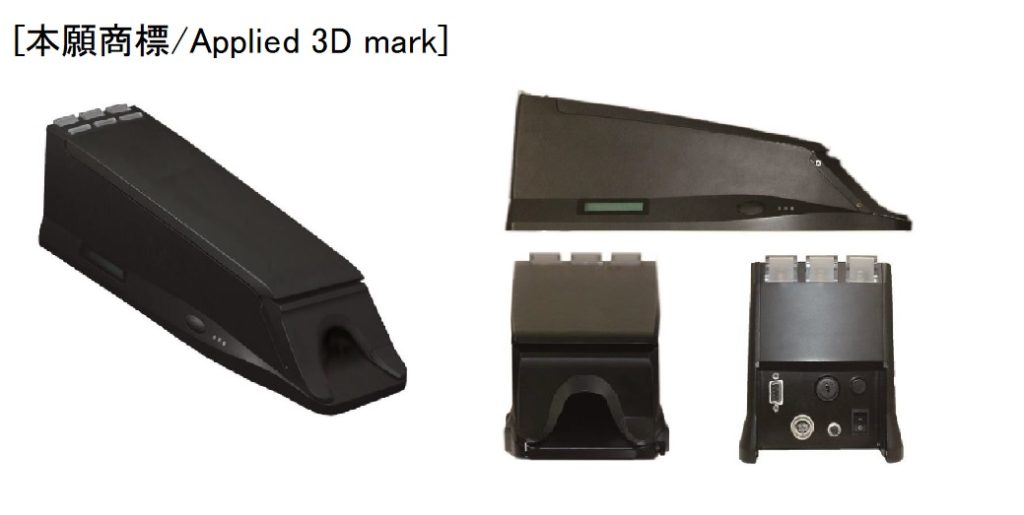Porsche, a German sports car maker, has recently won trademark protection for its widely known three-digit code “911” in Japan.
[Appeal case no. 2018-650044]
911 – a mark composed exclusively of numerals
Dr. Ing. h.c. F. Porsche Aktiengesellschaft filed a trademark application for three-digit mark “911” in standard character to the Japan Patent Office (JPO) via the Madrid Protocol with a priority date of March 15, 2014, which is the international registration date for IR no. 1199656.

Evidently, the mark represents the famous Porsche 911, one of the greatest sportscar.
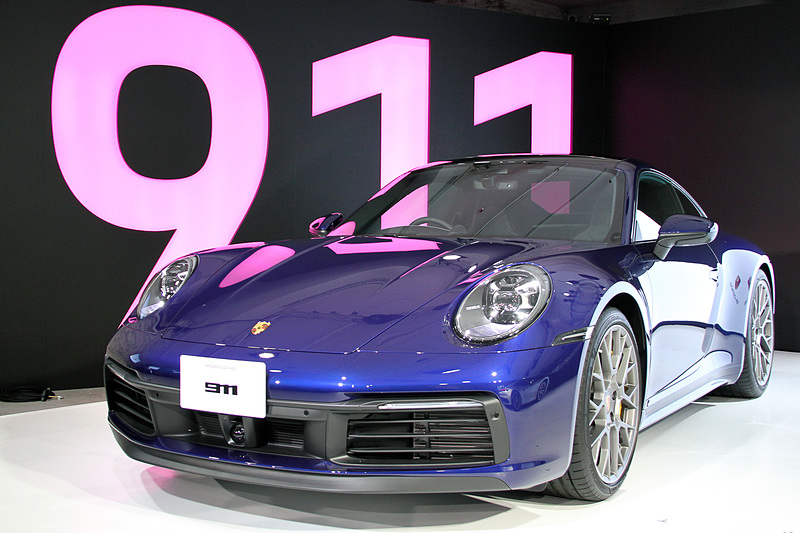
It starts in 1963. 911 was Designed as a Rear Engined Luxury Sports Coupe from the get-go. Germans wanted to call it the 901. and that had been it’s factory code ever since it was in production. But Porsche was forced to rename the model the ‘911’ after French Automaker Peugeot claimed the name 901, having the {Number – Zero – Number}, was in violation of French copyright and trademark protection laws.
On April 5, 2018, the JPO examiner refused the 911 mark on the ground that it is descriptive for the designated goods ‘sports cars’ in class 12 based on Article 3(1)(v) of the Trademark Law.
The article prohibits any mark from registering if it consists solely of a very simple and common mark. Trademark Examination Guidelines (TEG) stipulates that a mark consisting of numerals is not eligible for registration under the article. Click here.
A mark composed exclusively of numerals is deemed uncapable of identifying the source of the goods since relevant public immediately perceives, without further thought, a description of one of the essential characteristics of the goods in question, such as their quantity or value.
The examiner had considered that since the sign 911 can be used to indicate a value, code, type, model or standard, it could be immediately perceived by the relevant public as descriptive of a characteristic of the goods in question and not of their provenance from a specific undertaking.
Numerals falling under the article are only capable for registration based on Article 3(2) if they have “acquired distinctiveness”, which means the term has taken on a meaning in the public view so that people see the term as a trademark identifying the goods rather than simply describing the goods.
In the appeal, Porsche argued the 911 mark in itself has already played a role of source indicator as a result of substantive use since 1964.
APPEAL BOARD Decision – Acquired Distinctiveness
JPO Appeal Board granted protection of the 911 mark, stating that the mark has acquired distinctiveness due to substantive and continuous use with goods in question based on following fact-findings.
- Appellant has used the 911 mark as a sports car brand of its high-end product since 1964 in Japan and been continuously distributing the sports car.
- Recent domestic sales show 1,420 cars in 2016, 1,543 cars in 2017.
- Press release, news articles, catalogs and advertisements on magazines and newspapers featuring Porsche count to approximately 300 per year from 2010 to 2014.
- From the produced evidences, it could be seen that the 911 mark has been used in a separable manner with Porsche.
Thus, the Board found the applied mark in itself has been widely known for a source indicator of the famous Porsche 911 among relevant consumers of goods in respect of which an application for registration has been filed. If so, the 911 mark is exceptionally eligible for registration in connection with sports cars of class 12 based on Article 3(2) of the Trademark Law.


